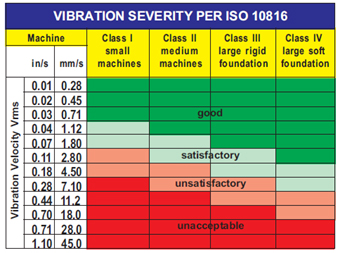Quick links
Product Development & Validation based on standards
We assist industries and customers in developing products based on covenant standards for intended applications. The team of CM Techno is well versed in military standards such as MIL 810 G, 901-D, 167-1, and JSS 55555. We have experience in designing pressure vessels according to ASME standards, evaluating vibration severity according to ISO, and designing structural components according to IS standards.
MIL Graded Product Development
Military-grade products, also known as mil-spec products, are designed in line with military standards (mil-STDs).
These standards were first developed by the United States Defense Force in 1945, MOD UK and have since been used to ensure that military equipment perform at optimum levels under demanding environmental conditions.
The development of a MIL graded product involves verification of engineering design for meeting the various environmental specification under operating conditions. In general analysis is by use of FEA & CFD analysis techniques, as well as assisting the client in physical testing through NABL accredited labs or Defence Labs to validate the product’s ability to withstand harsh environmental conditions as per Statement of Technical requirements [SOTR].
Shock & Vibration Analysis – NSS I &II grades & JSS 55555
The equipment and their elements need to be assessed for their ability to withstand shock loads and vibration to acceptable values. Further the post analysis we do suggest rehabilitation plan as part of improvement.
In military equipment the structure induced vibration and noise have a significant effect in enhancing stealth. Further military equipment see severe shock loads due to the operating conditions. The ability to withstand shock loads and transportation/deployment loads of defense equipment be it on land, sea and air call for through evaluation using CAE simulation. This demands specialized military application knowledge and today.
Apart from this certain equipment used in critical land-based installation needs to be assessed for their ability to withstand seismic loads and this is another area of specialization.
This is an area of specialization and CM Techno has been recognised for this specialised services and CM Techno has emerged as ‘GO TO’ company for many of the defense equipment manufacturers and suppliers.
Pressure Vessel Design - ASME Sec VIII Div II
ASME codes are used for pressurized equipment which cover the design, construction, maintenance and alteration of pressurized equipment. For more complex or unusual designs, ASME VIII-2 rules based on design by analysis is used in conjunction with Finite Element Analysis (FEA) tools.
CM Techno helps customers to develop complex pressure vessels through codes and FEA techniques. Stress liniarisation techniques is used to evaluate the structural sturdiness through membrane and bending stresses.
The code based design takes into account, the specific location for installation, the nature of the fluid that has to be stored, the temperature and operating pressure and their ability to store the volume needed by the process. These requirements dictate verification where required FE analysis are performed based on function of the vessel.
Evaluation of vibration severity as per ISO 10816
CM Techno provides support to identify the vibration severity of designed product in order to meet the industrial operating condition as per ISO 10816. ISO 10816 gives guidelines for the evaluation of machine vibration levels by measurements on non-rotating parts. The guidance values given for these vibrations are defined primarily to classify the vibration levels and to avoid problems with auxiliary equipment mounted on these structures.

IS 876 for structural design
Our experienced team from CM Techno helps customer and industries to validate the product structural design of large frames, Solar structures, warehouses and industrial sheds based on the guidelines provided by IS 876 standards. The calculation is based on – a) dead loads, b) imposed loads, c) wind loads, d) snow loads and e) Special loads and load combinations.


